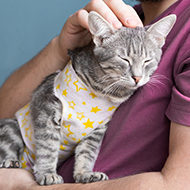Improving Gamebirds’ Welfare
The new code will set out how keepers can best meet the welfare needs of gamebirds, including recommendations on providing food and water and the use of certain types of equipment, as well as space allowances for housing breeding pheasants and partridges to ensure the birds are not kept in overcrowded conditions.
Recommended minimum space allowances will be:
- pheasants - one square metre per bird
- grey partridges - 0.5 square metres per bird
- red leg partridges - 0.29 square metres per bird
Jim Fitzpatrick, Animal Health and Welfare Minister, said:
“The government promised to address concerns about the welfare of gamebirds, and I believe that the new code strikes the right balance between welfare needs and protecting businesses.”
There are about 7,500 registered farms and shoots rearing 50 or more gamebirds a year in England. Large game farms using cages for breeding birds can produce up to three million eggs a year.
Sport shooters will be encouraged to use only birds supplied and raised by game farms and shoots observing the code.
The Code of Practice for the Welfare of Gamebirds Reared for Sporting Purposes is due to come into effect on 1 October this year.



 RCVS Knowledge has called on vet practices to audit their post-operative neutering outcomes.
RCVS Knowledge has called on vet practices to audit their post-operative neutering outcomes.